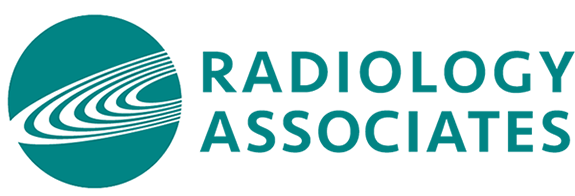As medical doctors who specialize in diagnosing and treating injuries and diseases, radiologists are a crucial element of the healthcare system. In this segment, we talk to musculoskeletal radiology subspecialist, Dr. Stephen A. Sevigny, about the practice of radiology and advances he foresees in the near future.
Q: What inspired you to go into Radiology?
During medical school I realized that I enjoyed the anatomical and visual parts of the field of Radiology. I also saw on a daily basis how a good radiologist helped other physicians treat and diagnose difficult cases. The clincher was when I was on a pediatric rotation in my third year of medical school. We took a hospital-to-hospital transfer of a very ill four-year-old with shortness of breath. An emergent 3am CT scan showed a rare endobronchial tumor. To me, the scan revealed the diagnosis as clear as day. My affinity for diagnostic care seemed to spur my natural ability in that area.
Q: Aside from the pandemic, of course, what do you find most challenging in this field today?
Access to quality healthcare and getting the appropriate healthcare is something that I wake up daily concerned with. Doing mammography almost daily, I see many women delaying or skipping life-saving mammography due to many factors in and out of their control. Same goes for low-dose CT lung cancer screening. Appropriate use of these examinations will save lives in our community. Unfortunately, the people who know the least about these examinations would often benefit the most from these exams.
Q: Are there new technologies you are using now or see on the horizon that you find especially fascinating or exciting?
As a fellowship-trained musculoskeletal radiologist, my primary interest is sports-related imaging. The quality of our imaging is so much greater than it was when I joined the group 20 years ago. In the 90s, MRI diagnoses were very limited. The technology has improved dramatically and now we can be much more specific as to the cause of pain. We can identify arthritis, infection, tendinitis, ligament tears, specific impingement syndromes, etc. and determine which joints are affected. Our clinicians challenge us on a daily basis to make better diagnoses so that they can help each patient. The 3Tesla MRIs that we use allow us to push the envelope with specific diagnoses that were never possible before.
Q: What are you hoping to see in the future of the industry?
In our practice, we moved to sub-specialization in musculoskeletal radiology a decade ago. That means films are read by someone who has spent an extra year reading MSK studies. That pushes the quality up substantially. RAI is fortunate to have four MSK radiologists who often consult each other on films. The result is better diagnoses, better reports, better images and, most important, something we call “value added imaging.” It is not enough to say, “There is some bone edema there, but we don’t know why.” We collaborate together to see why the edema is there and provide the treating physicians with as much information as possible to help the patient.
Q: What do patients need to know about the profession of radiology?
One common confusion is between radiologists and imaging technologists. The technologists are medical professionals who patients often see and interact with. They operate the machines and take the images. Radiologists are medical doctors who read and interpret the studies and images. This is often done behind the scenes. Many patients don’t meet with their radiologists directly.
Q: If there is anything else you would like to share that is specific to your experience in this field, please do!
One of the most important things that I wish every patient would know is that it should be their choice of where to get their imaging done. Yes, there are some insurance constraints, but your treating clinician should give you a choice of where you want to go. If you need an imaging test and have a preference, tell your clinician. At Radiology Associates Imaging centers, we work every day to earn the trust of our patients and referring clinicians – trust that the patient is getting the best imaging study for their case, performed on the best equipment, read by the correct radiologist and, most important, getting the best result/diagnosis possible without sacrificing a great patient experience. Our motto remains “Focused on quality, centered on care.” Our radiologists and staff truly work towards that goal every day.
For more information on Dr. Sevigny, please see his profile here.

